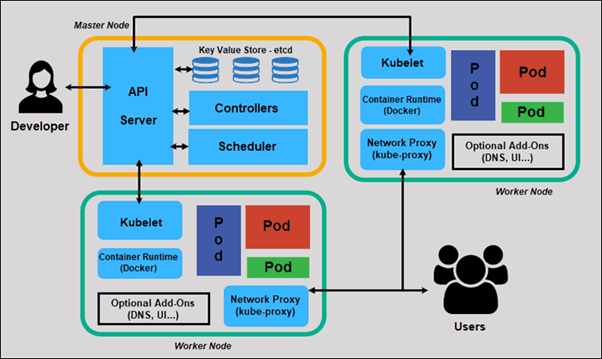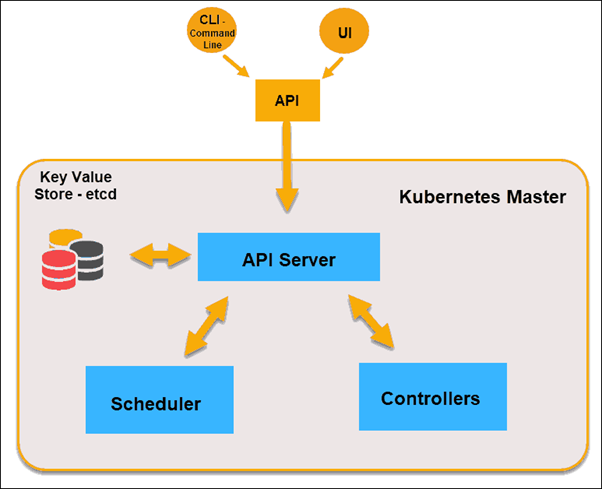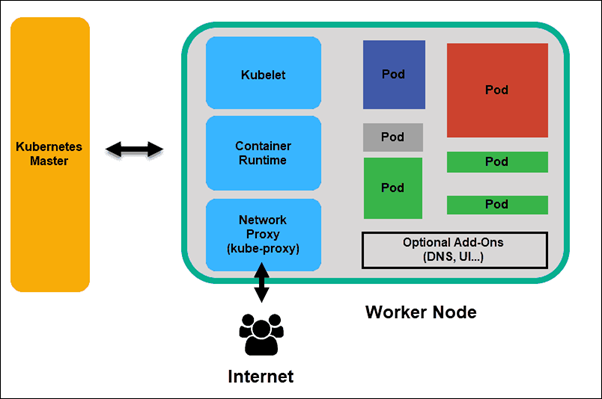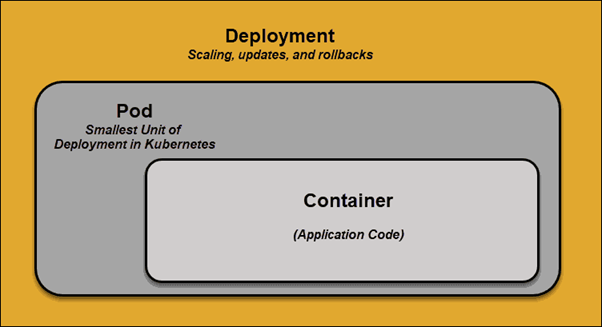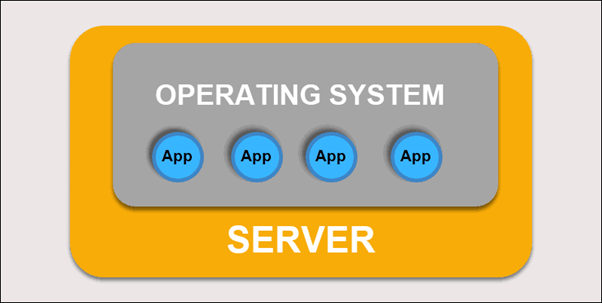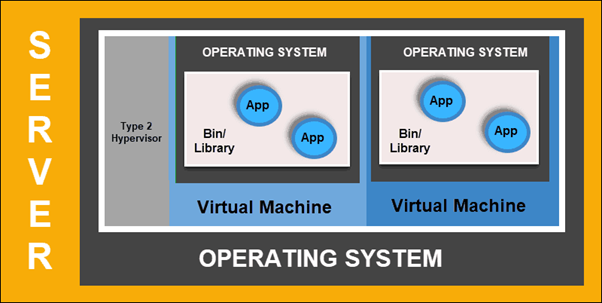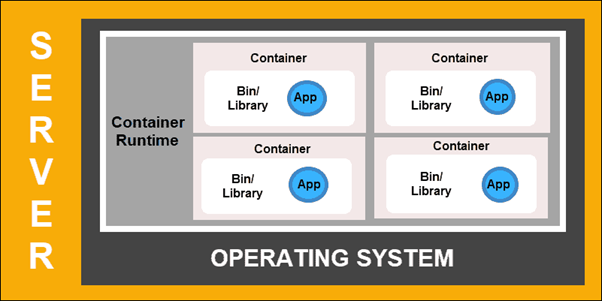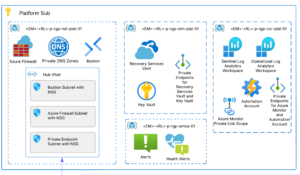For those new to Kubernetes, it’s a portable, extensible, open-source platform for managing containerized workloads and services facilitating configuration and automation. This blog will cover a high-level overview of Kubernetes architecture and components. The image below outlines the various components that we will walk through in this guide.
The master node controls and manages a set of worker nodes and contains the Kubernetes cluster. We can talk to the master node via CLI, GUI, or API, and more than one master node can be used for fault tolerance. Kubernetes uses the etcd, and all master nodes are connected to etcd, which is a distributed key-value store.
API Server
API servers perform all administrative tasks on the master nodes. Users send the command to the API server, which then validates the request process and executes them. The API server determines if the request is valid or not and then processes it.
Key-Value Store (etcd)
Etcd is an open-source distributed Key-Value Store used to hold and manage the critical information that distributed systems need to keep running. The Key-Value Store, also called etcd, is a database Kubernetes uses to back up all cluster data. It stores the entire configuration and state of the cluster.
Controller
The role of the Controller is to obtain the desired state from the API Server. It checks the current state of the nodes it is tasked to control, and determines if there are any differences, and resolves them if any.
Scheduler
The Scheduler’s main job is to watch for new requests coming from the API Server and assign them to healthy nodes. It ranks the quality of the nodes and deploys pods to the best-suited node.
Worker Node
Worker nodes listen to the API Server for new work assignments; they execute the work assignments and then report the results to the Kubernetes Master node.
Kubelet
The kubelet runs on every node in the cluster. It is the principal Kubernetes agent. By installing kubelet, the node’s CPU, RAM, and storage become part of the broader cluster. It watches for tasks sent from the API Server, executes the task, and reports back to the Master.
Container Runtime
The container runtime pulls images from a container image registry and starts and stops containers. A 3rd party software or plugin, such as Docker, usually performs this function.
Kube-proxy
The kube-proxy makes sure that each node gets its IP address.
Pod
A pod is the smallest element of scheduling in Kubernetes. Without it, a container cannot be part of a cluster.
Kubernetes Services
One of the best features Kubernetes offers is that non-functioning pods get replaced by new ones automatically. The new pods have a different set of IPs. It can lead to processing issues and IP churn as the IPs no longer match. If left unattended, this property would make pods highly unreliable.
FREE WHITEPAPER
Discover impactful cost savings with Azure with our free white paper download.
Container Deployment
Traditional Deployment
Initially, developers deployed applications on individual physical servers. This type of deployment posed several challenges. The sharing of physical resources meant that one application could take up most of the processing power, limiting the performance of other applications on the same machine.
It takes a long time to expand hardware capacity, which in turn increases costs. To resolve hardware limitations, organizations began virtualizing physical machines.
Virtualized Deployment
Virtualized deployments allow you to scale quickly and spread the resources of a single physical server, update at will, and keep hardware costs in check. Each VM has its operating system and can run all critical systems on top of the virtualized hardware.
Container Deployment
Container Deployment is the next step in the drive to create a more flexible and efficient model. Much like VMs, containers have individual memory, system files, and processing space. However, strict isolation is no longer a limiting factor. Multiple applications can now share the same underlying operating system. This feature makes containers much more efficient than full-blown VMs. They are portable across clouds, different devices, and almost any OS distribution.
The container structure also allows for applications to run as smaller, independent parts. These parts can then be deployed and managed dynamically on multiple machines. The elaborate structure and the segmentation of tasks are too complex to manage manually.
GROW WITH US
AIS continues to expand Kubernetes work and is looking for talent to join our team. View open career opportunities and apply today!




